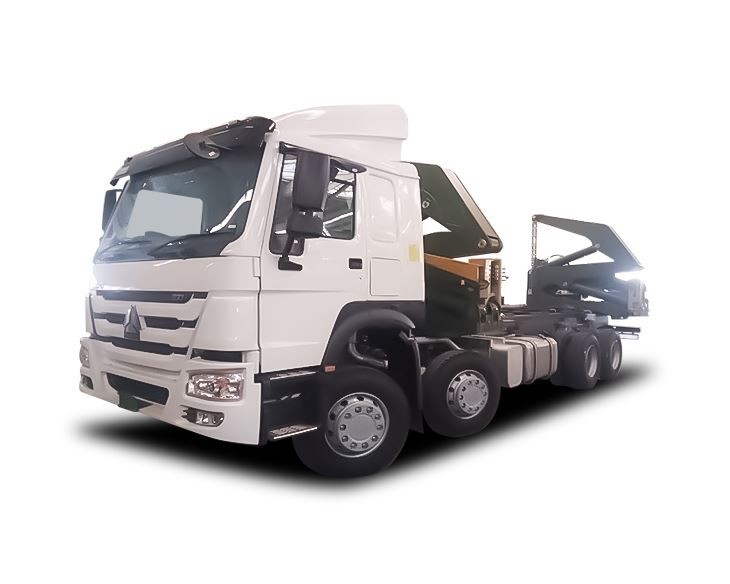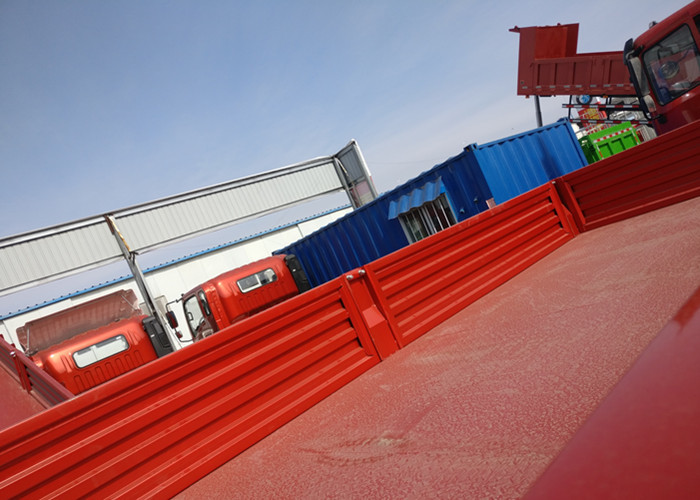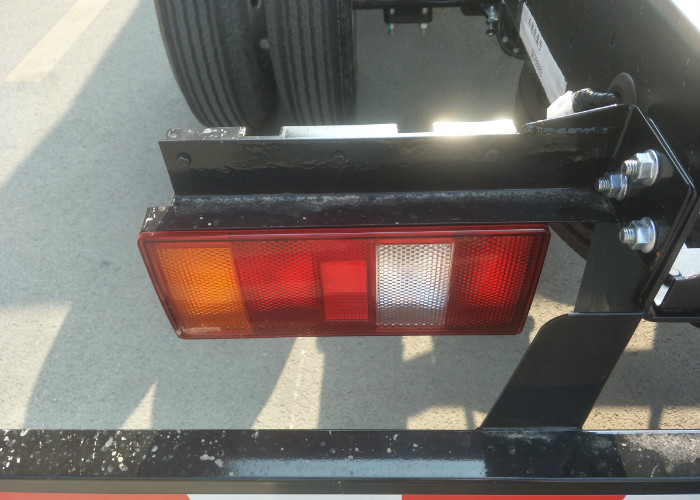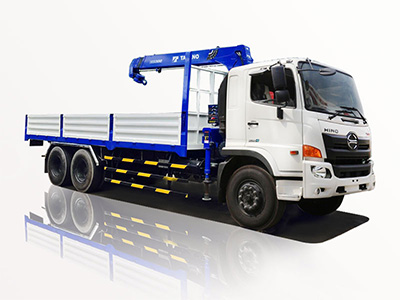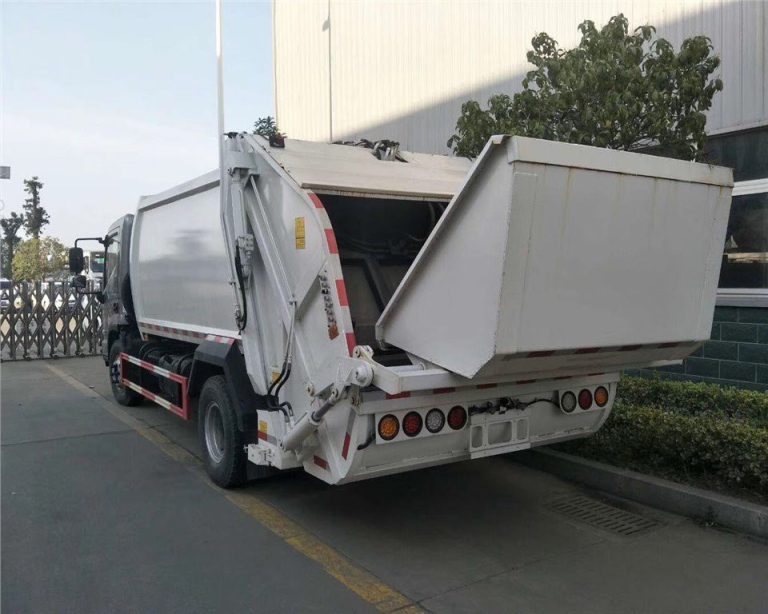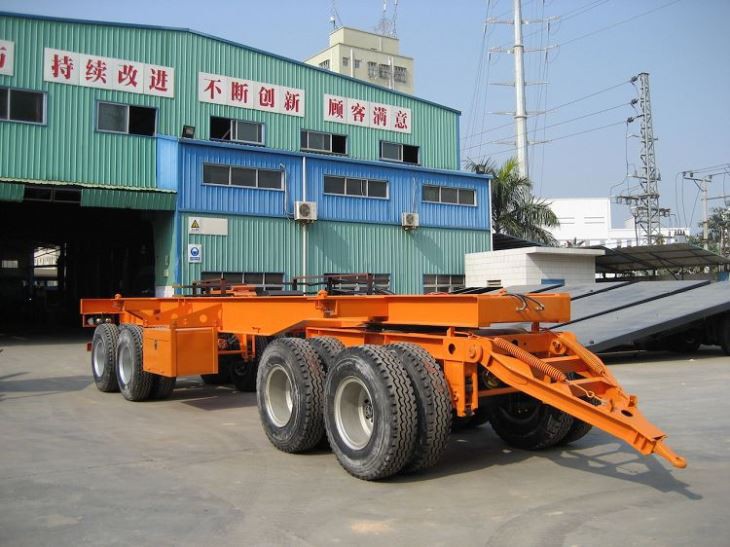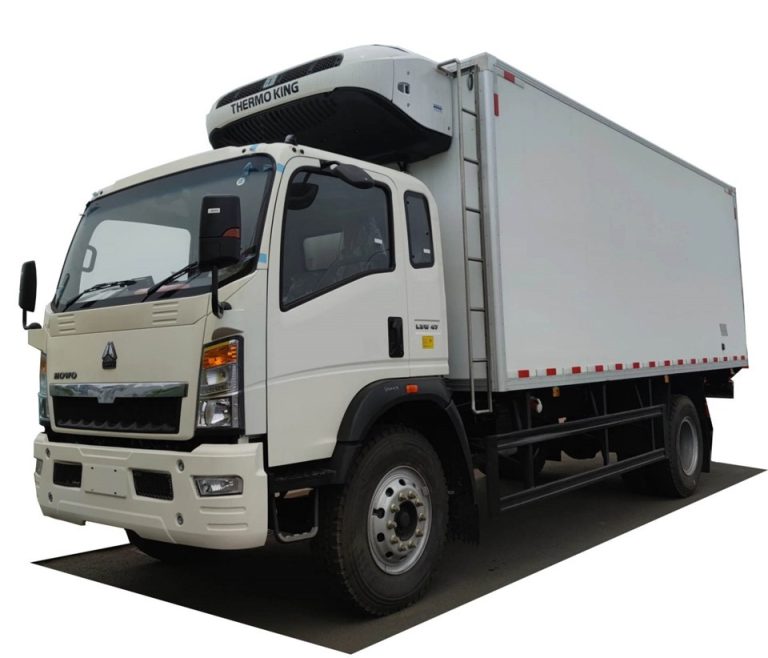Introduction
Fire engine tenders play a crucial role in firefighting and emergency rescue operations. Designed to transport firefighters and equipment to the scene of a fire, these specialized vehicles ensure that first responders are equipped to tackle emergencies efficiently. This comprehensive guide explores various aspects of fire engine tenders, including their types, features, and importance in firefighting. Whether you are a firefighting professional, a student, or simply someone interested in fire safety, this article will provide critical insights into the world of fire engine tenders.
What is a Fire Engine Tender?
A fire engine tender is a specialized vehicle equipped to carry water, firefighting equipment, and personnel to the scene of a fire or emergency situation. Unlike traditional fire engines, which are primarily designed to pump water, tenders focus on transporting the necessary resources that firefighters need to combat fires effectively. Typically, these vehicles are used in areas without established water supplies, making them essential in rural and remote areas.
Key Components of a Fire Engine Tender
Fire engine tenders come equipped with several essential components that enhance their functionality. Here are some key elements:
- Water Tank: Most tenders have large water tanks, often holding between 1,000 to 3,000 gallons of water, depending on the model and specifications.
- Pumps: Fire engine tenders are often equipped with powerful pumps to ensure water can be delivered at high pressure during firefighting operations.
- Storage Compartments: These vehicles have multiple compartments for storing hoses, tools, and other firefighting gear.
- Ground Ladders: Many tenders are outfitted with ground ladders for quick access to higher floors or rooftops during rescue operations.
- Lighting Systems: Equipped with adequate lighting to ensure visibility during night operations.
Types of Fire Engine Tenders
Various types of fire engine tenders are available, each designed for specific situations and environments. Understanding these types helps in selecting the right vehicle for particular emergencies.
Water Tenders
Water tenders are primarily designed to transport large quantities of water to firefighting sites. They often come with a simple configuration, focusing on water carrying capacity.
Rescue Tenders
These tenders are equipped with specialized rescue equipment, such as tools for extricating victims from vehicles or collapsed structures. They focus on emergency rescue operations rather than just water transportation.
Fire Support Tenders
Fire support tenders combine water supply capabilities with additional equipment, including firefighting foam systems or aerial devices. They provide comprehensive support during firefighting operations.
Importance of Fire Engine Tenders
Fire engine tenders play a pivotal role in emergency response for several reasons:
Accessibility
In rural areas, where fire hydrants may be scarce, tenders provide a crucial water supply for firefighting efforts, improving response times and effectiveness.
Enable Operations in Remote Areas
Tenders are designed to operate in challenging terrains, providing emergency services where conventional vehicles might struggle. This enhances overall fire service capability.
Support for Firefighters
By transporting necessary equipment and water, tenders alleviate the burden on firefighters, allowing them to focus on extinguishing fires and saving lives.
How Fire Engine Tenders Operate
Fire engine tenders operate through a series of systematic processes to ensure efficient emergency response.
Pre-Deployment Checks
Before heading to an emergency site, firefighters conduct pre-deployment checks, including:
- Inspecting the vehicle and its components.
- Ensuring sufficient water supply in the tank.
- Verifying all equipment and tools are in place and functional.
Mobilization to the Incident Scene
Once the checks are complete, the tender mobilizes to the incident scene. Firefighters must navigate the quickest and safest route while adhering to traffic regulations and ensuring public safety.
Deployment at the Scene
Upon arrival, the tender’s functions include:
- Setting up a water supply for firefighting operations.
- Deploying hoses and firefighting tools as needed.
- Assisting in rescue operations if necessary.
Practical Tips for Maintaining Fire Engine Tenders
Proper maintenance of fire engine tenders enhances reliability and longevity. Here are practical tips for maintenance:
Regular Inspections
Conduct regular inspections to identify any mechanical issues before they become significant problems. Focus on:
- Water tanks and pumps
- Electrical systems
- Tires and brakes
- Hose connections and nozzles
Scheduled Servicing
Follow a servicing schedule that aligns with manufacturer recommendations to ensure that all aspects of the tender are functioning correctly. This includes oil changes, brake inspections, and fluid checks.
Training for Operators
Regularly train operators on the latest equipment and operational standards to ensure they are familiar with all features and functions of the tender. This prepares them for effective responses in emergencies.
Future Trends in Fire Engine Tenders
As technology evolves, so do fire engine tenders. Here are some trends shaping the future of these emergency vehicles:
Electric and Hybrid Tenders
With an increasing focus on sustainability, more fire departments are exploring electric and hybrid fire tenders. These vehicles can reduce operational costs and environmental impact.
Advanced Communication Systems
Future tenders may incorporate advanced communication systems that integrate with other emergency services, ensuring better coordination during operations.
Smart Technology Integration
The integration of smart technology, such as IoT devices, can help monitor vehicle performance and provide real-time data to emergency personnel, increasing efficiency during operations.
Fire Engine Tender Manufacturers
Choosing a fire engine tender from a reputable manufacturer is critical. Here are some well-known manufacturers:
| Manufacturer | Specialties | Website |
|---|---|---|
| Ferrara Fire Apparatus | Custom fire trucks, including tenders | ferrarafire.com |
| American LaFrance | Firefighting equipment and emergency vehicles | americanlafrance.com |
| Rosenbauer America | Custom fire apparatus, including tenders | rosenbaueramerica.com |
| E-ONE | Fire trucks, including water tenders | e-one.com |
| Spartan Emergency Response | Custom fire and rescue vehicles | spartanER.com |
Frequently Asked Questions
What is the difference between a fire engine and a fire engine tender?
A fire engine is primarily designed to pump water and combat fires, while a fire engine tender focuses on transporting water, equipment, and personnel to emergency scenes, especially in areas without available water supplies.
How much water can a fire engine tender carry?
Most fire engine tenders can carry between 1,000 to 3,000 gallons of water, depending on the vehicle specifications and design.
Are fire engine tenders used in urban areas?
While fire engine tenders are more commonly used in rural areas, they can also be used in urban settings, particularly in construction sites or large complexes where hydrants may not be present.
What equipment is typically stored in a fire engine tender?
A fire engine tender usually stores hoses, nozzles, rescue tools, ladders, and sometimes medical equipment to assist firefighters in various emergency situations.
How often should fire engine tenders be serviced?
Fire engine tenders should be serviced according to a scheduled plan, typically following manufacturer recommendations, which may include monthly checks and annual comprehensive servicing.
What innovations are being developed for fire engine tenders?
Innovations include electric and hybrid technologies, advanced communication systems for better coordination, and smart technology integration for real-time performance monitoring.
